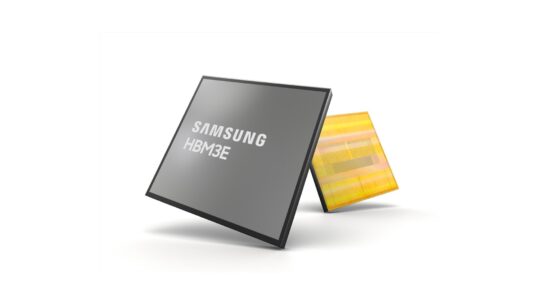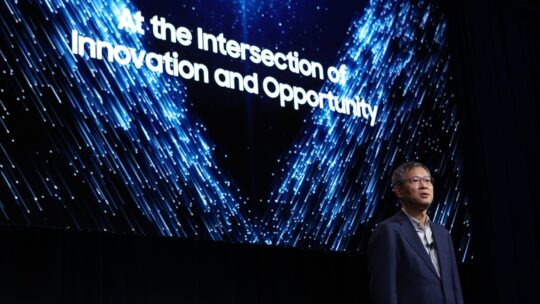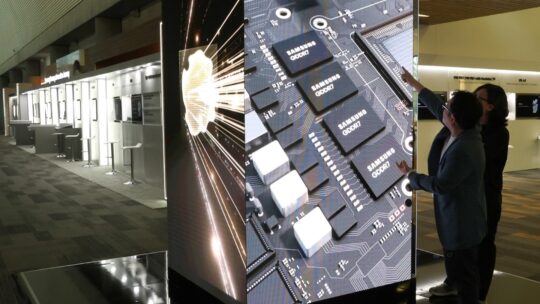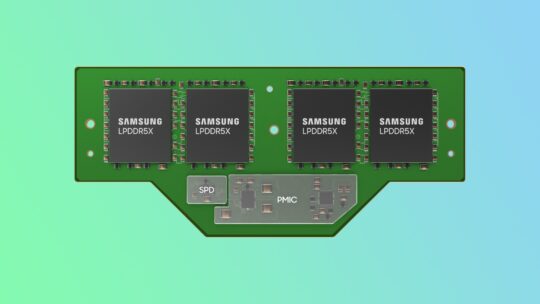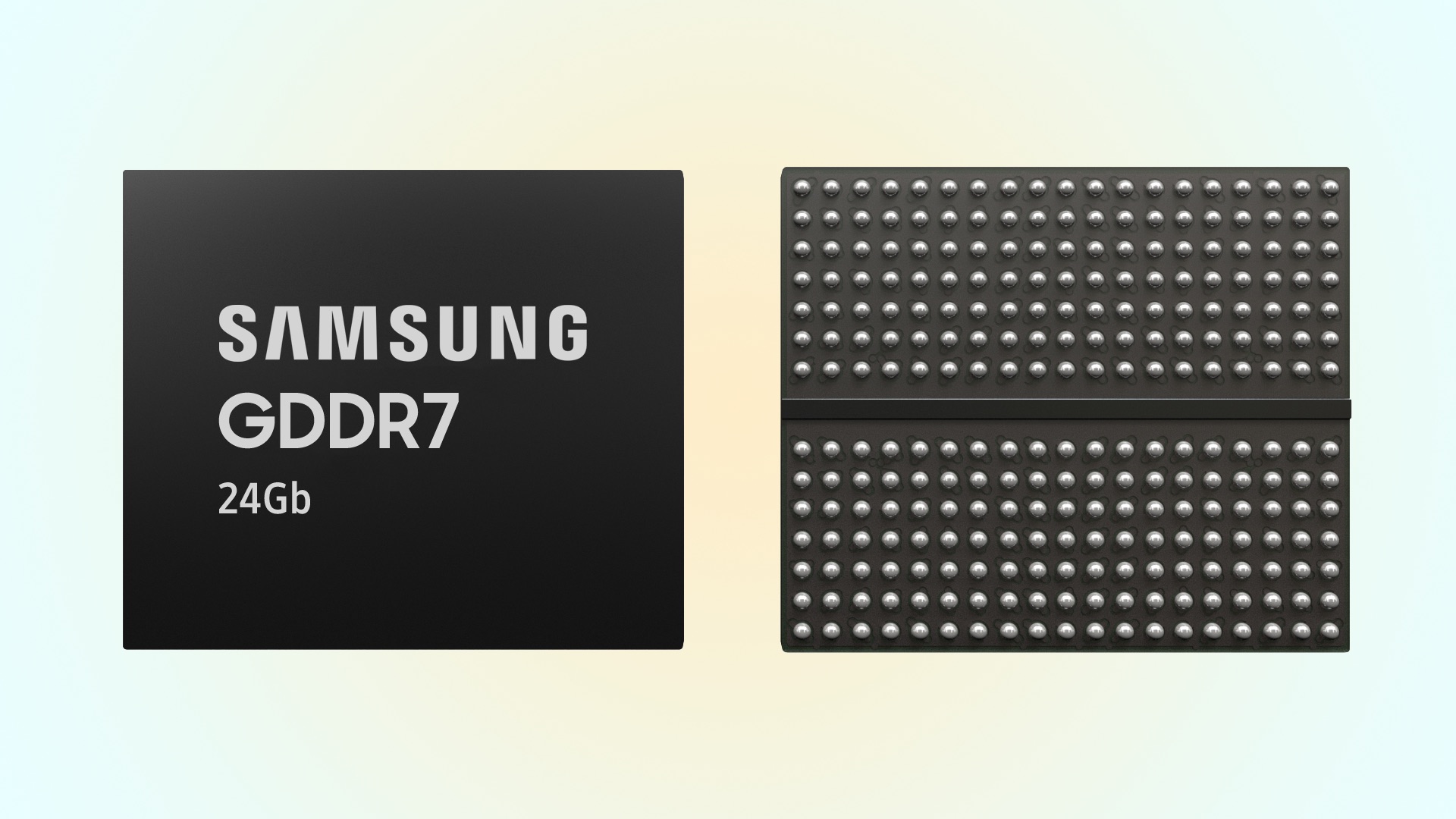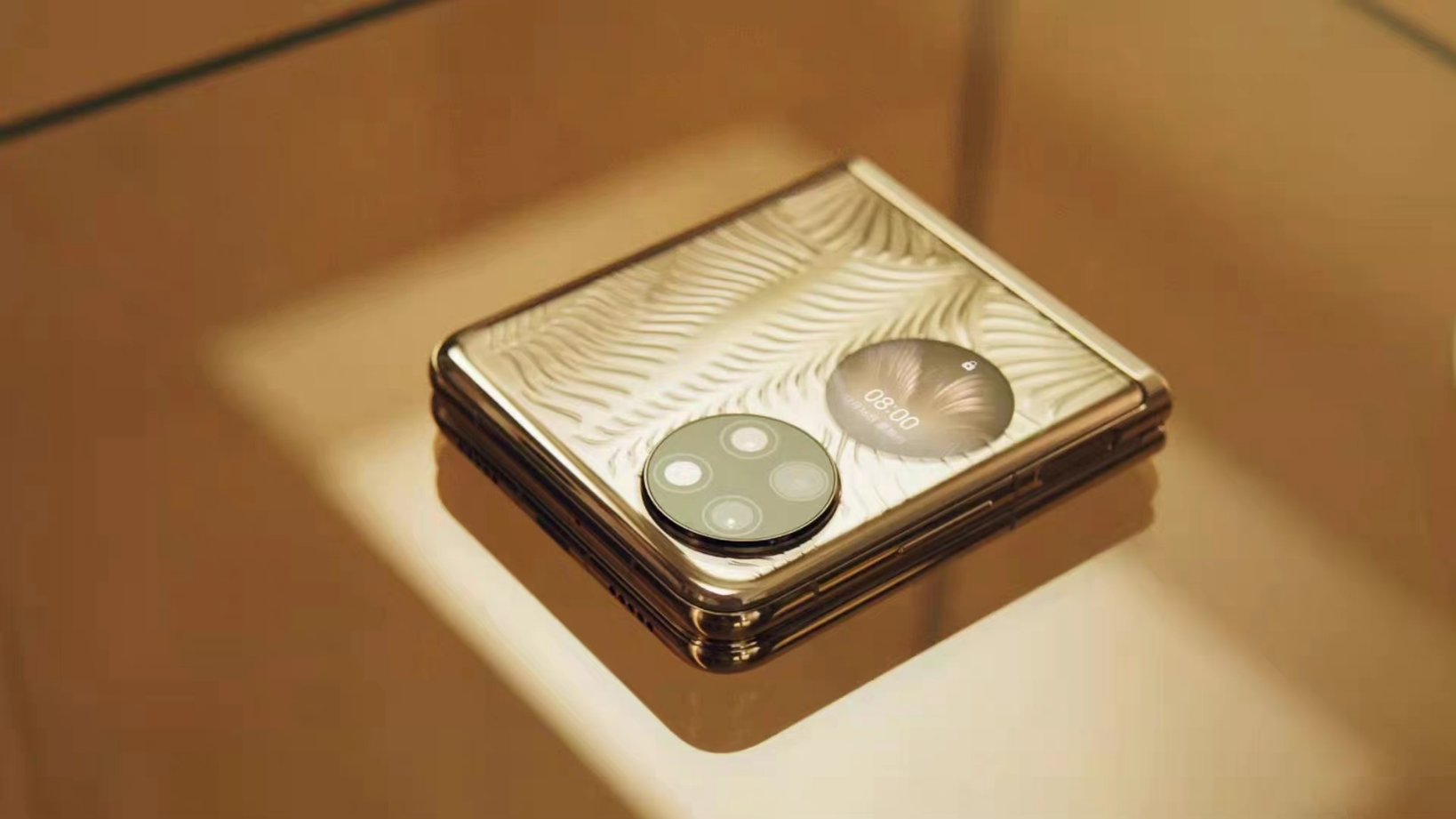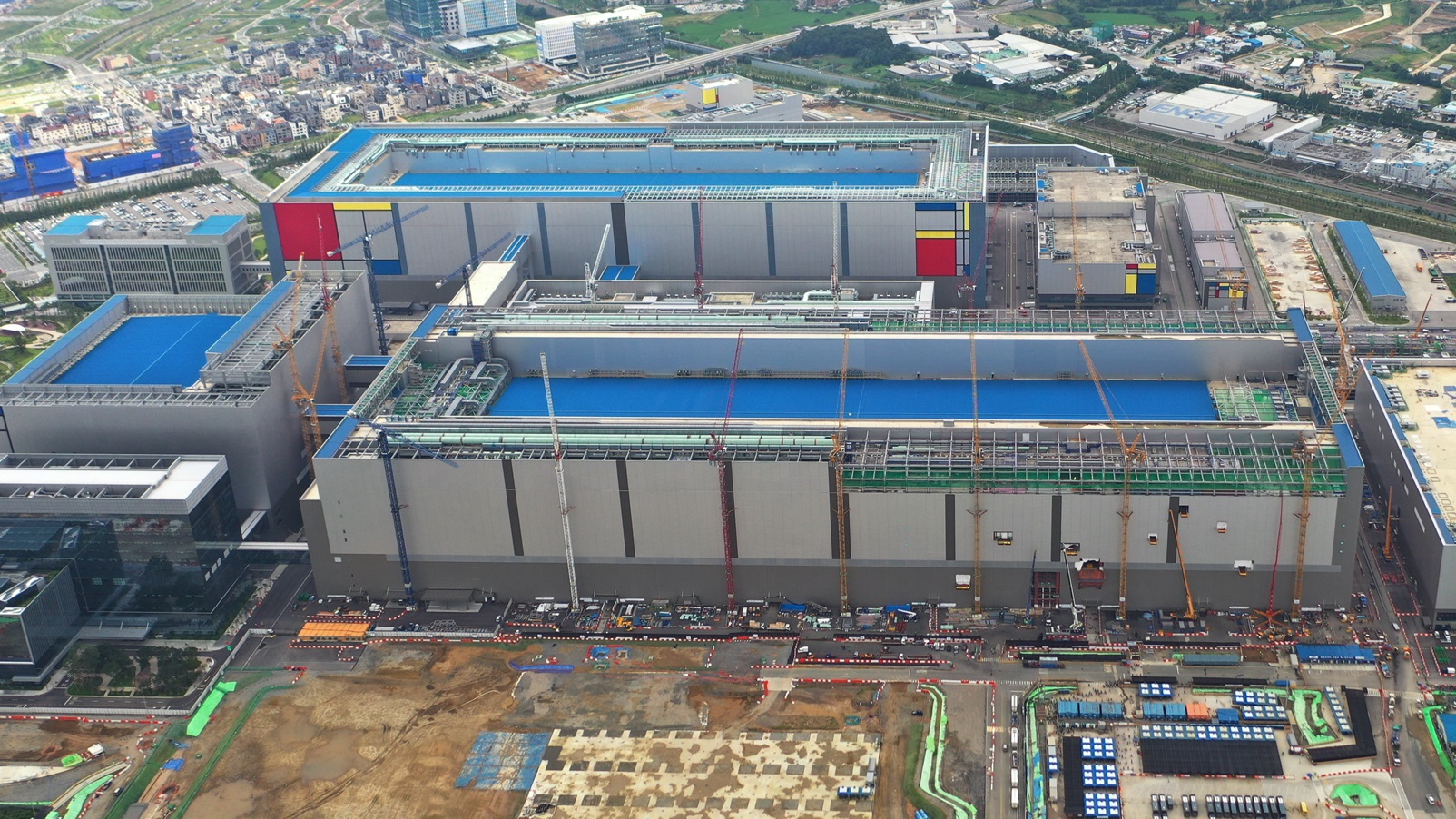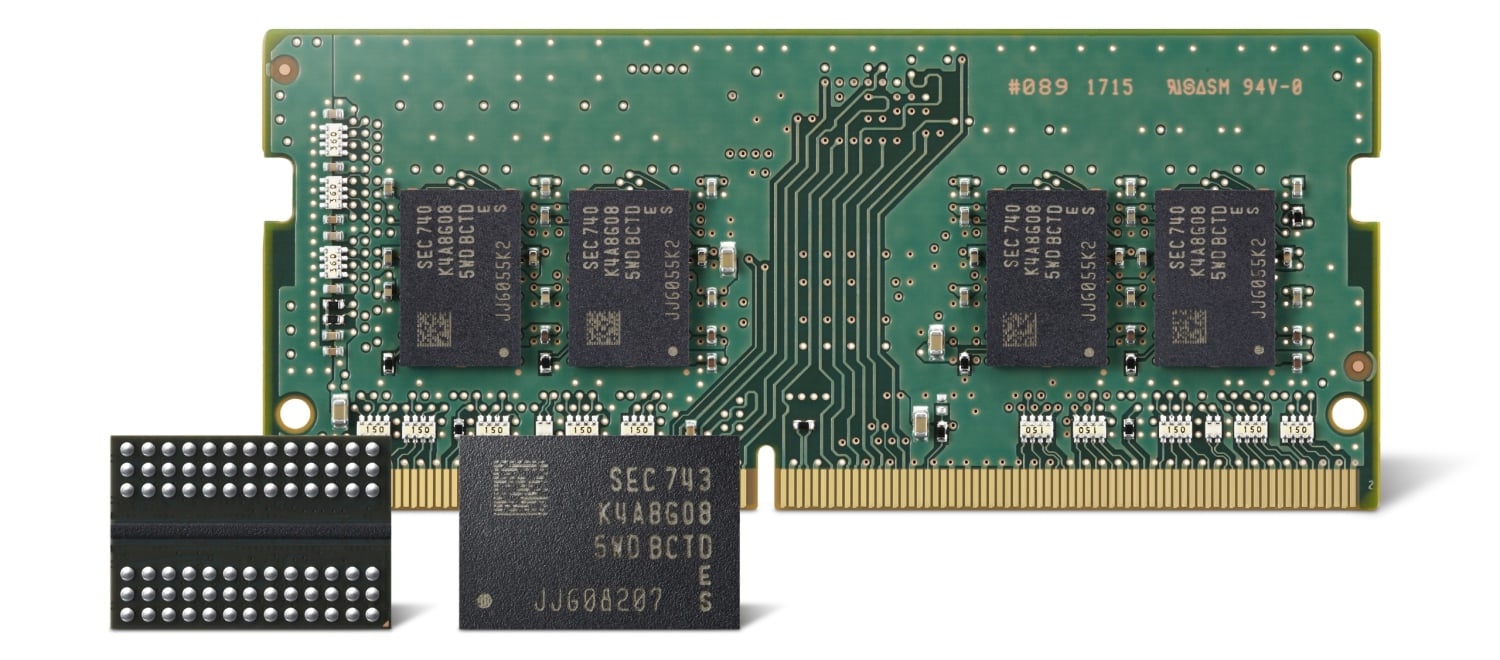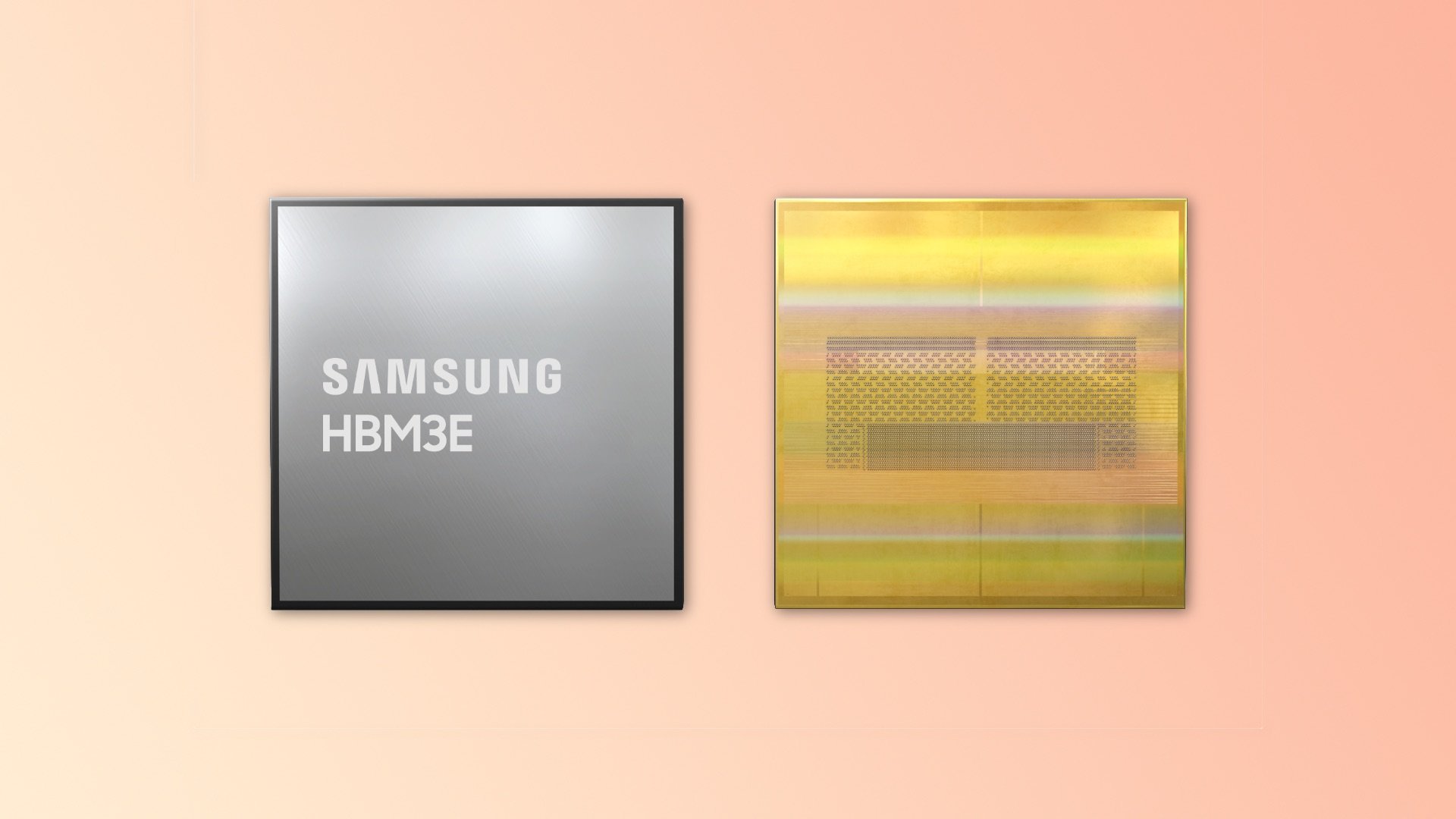
Samsung's HBM3E memory is claimed to be faster than similar chips from Micron and SK Hynix
The South Korean firm's Shinebolt HBM3E DRAM memory is designed to be used in data centers for AI model training and several other high-performance applications. It offers data transfer speeds of 9.8Gbps per pin, which means it can reach transfer rates of up to 1.2TBps. Samsung has optimized its NCF (Non-Conductive Film) technology to remove the gaps between chip layers to improve thermal conductivity.
Samsung is fabricating its 24GBit HBM memory die using its fourth-generation EUV-based 10nm class (14nm) node. Using its 8Hi and 12Hi stacks, the company can make 24GB and 36GB capacities, offering 50% higher capacities than HBM3 memory. The company is advertising a minimum of 8Gbps/pin, offering a single HBM3E stack with a minimum bandwidth of 1TB/sec and a maximum bandwidth of 1.225TB/sec, higher than its rivals' Micron and SK Hynix.
The company's HBM3E memory is currently under the sampling phase and is being sent to its clients for testing, and the mass production of these memory chips will start sometime in 2024.
Samsung unveils more details about HBM4 memory development
Samsung also unveiled that it will use more advanced chip manufacturing and packaging technologies for HBM4 memory. While HBM4 specifications haven't even been approved yet, it has been revealed that the industry is looking to use a wider (2,048-bit) memory interface. The company wants to use FinFET transistors rather than planar transistors to reduce power consumption.
The South Korean memory chip maker wants to move from micro-bump bonding to bumpless (direct copper-to-copper) bonding for packaging. This technology is relatively new, even in logic chip manufacturing, so HBM4 may be too costly.
Samsung's GDDR7 offers 50% lower standby power consumption
A few months ago, Samsung revealed that it had completed the initial development of GDDR7 memory. GDDR7 uses PMA3 signaling, offering 1.5 bits to be transferred by cycle. The company will start shipping 16Gbit (2GB) modules that can run at up to 32Gbps/pin, which is a 33% improvement over GDDR6 memory.
It can offer 1TB/s transfer speed over a 256-bit memory bus. This new memory type improves power efficiency in active and standby states, thanks to additional clock controls. Samsung expects to be the first company to start shipping GDDR7 memory chips sometime in 2024. However, an exact time frame hasn't been revealed yet.
Samsung's also revealed Petabyte SSD and LPCAMM memory
During the Memory Tech Days 2023 event, Samsung also revealed that it could be the first to ship a petabyte-scale SSD (PBSSD). A few days ago, it announced a new form factor for LPDDR5X DRAM for laptops and PCs: LPCAMM memory chips. This new compact yet detachable DRAM form factor allows laptop and PC markets to ship more compact devices in which DRAM isn't soldered. So, users can remove and upgrade CAMM2 DRAM modules.
For specialized on-device AI workload, the company also showcased LLW2 DRAM. Samsung also unveiled its 9.6Gbps LPDDR5X DRAM chips and its next-generation UFS (Universal Flash Storage) chips. The company also revealed the high-capacity QLC (Quad-Level Cell) SSD BM9C1 for PCs.
Samsung unveils world's first Detachable SSDs for automotive use
For automotive use, Samsung announced Detachable AutoSSD, which has data transfer speeds of up to 6,500MBps and a storage capacity of up to 4TB. Since it is detachable, carmakers can make changes to the configurations of their cars. The South Korean firm also showcased automotive-grade high-bandwidth GDDR7 VRAM and LPDDR5X DRAM memory chips.
Jung-Bae Lee, President and Head of Memory Business at Samsung Electronics, said, “The new era of hyperscale AI has brought the industry to a crossroads where innovation and opportunity intersect, presenting a time with potential for great leaps forward, despite the challenges. Through endless imagination and relentless perseverance, we will continue our market leadership by driving innovation and collaborating with customers and partners to deliver solutions that expand possibilities.”














